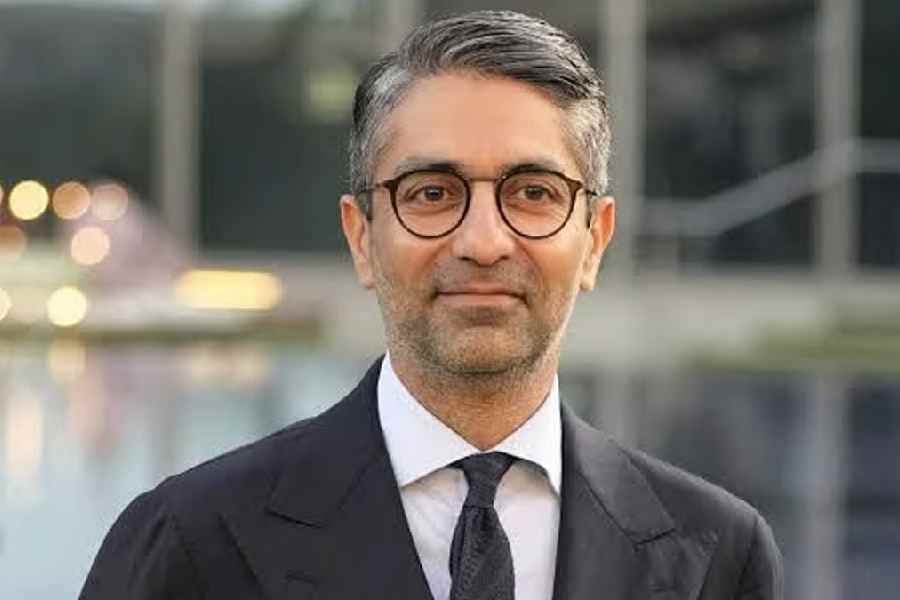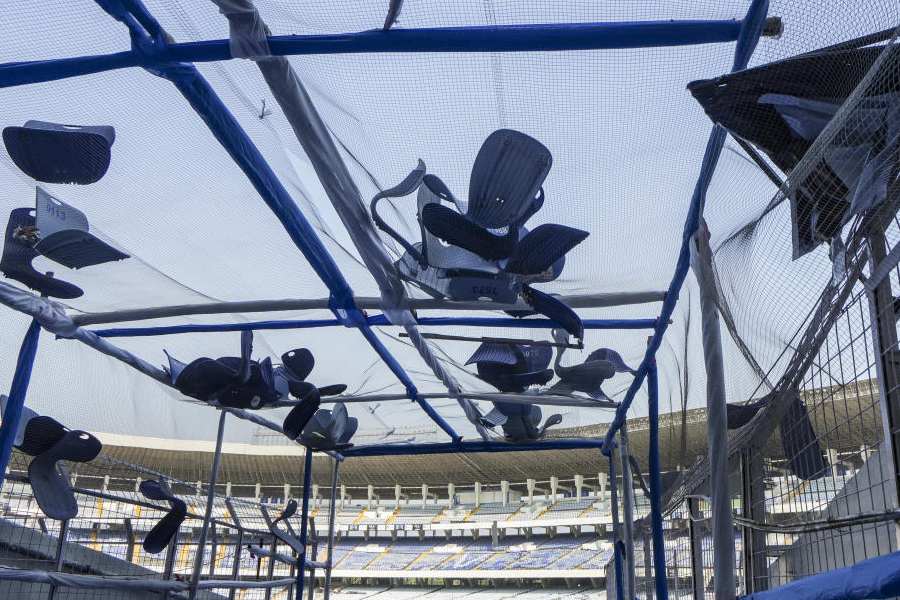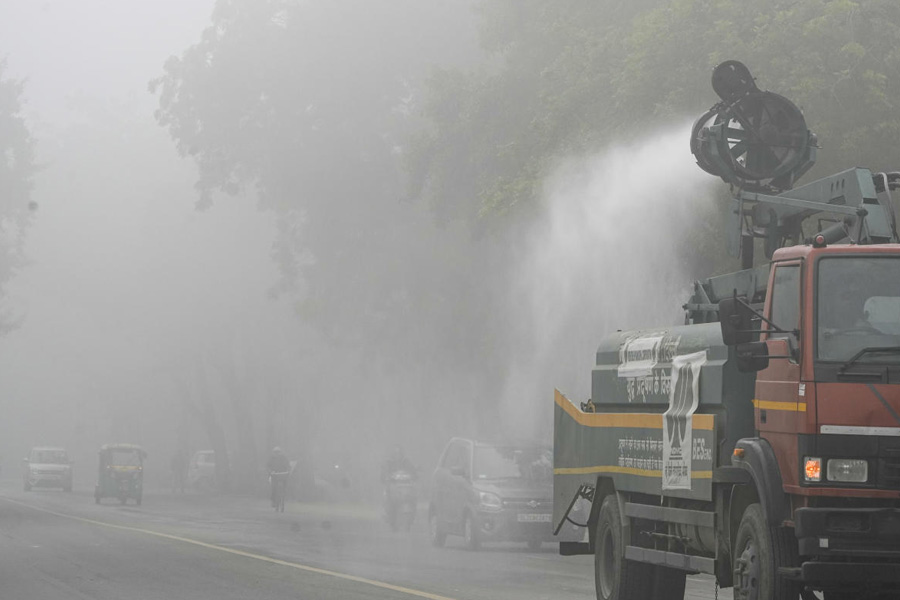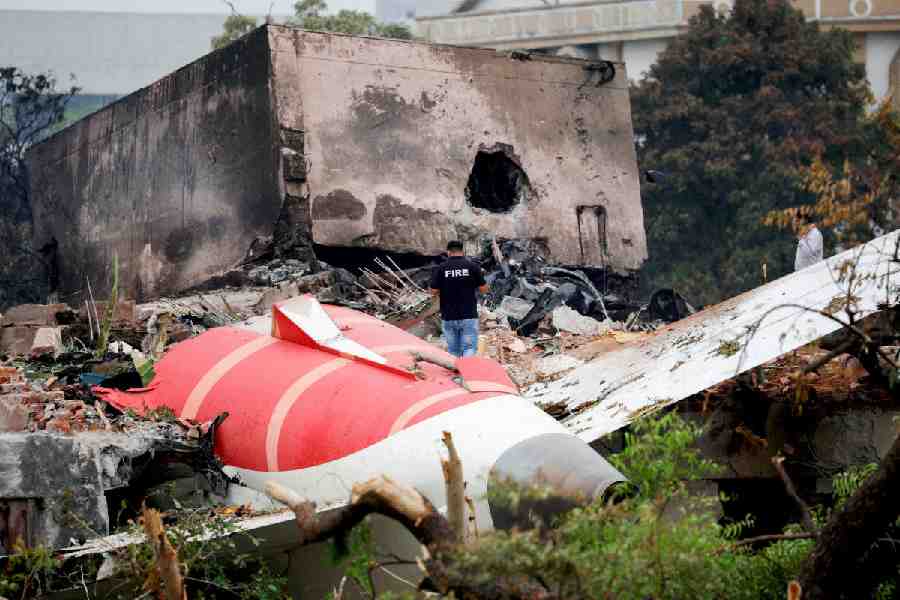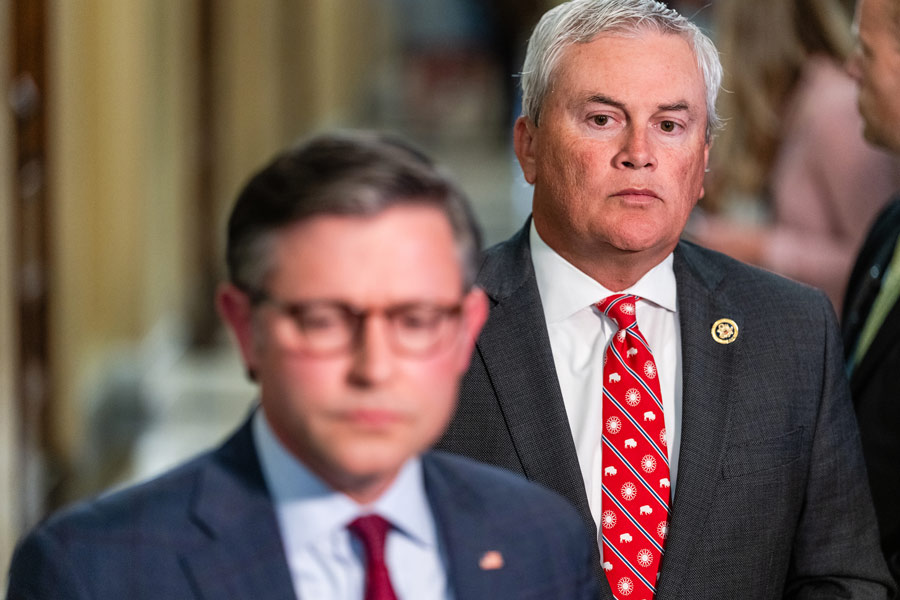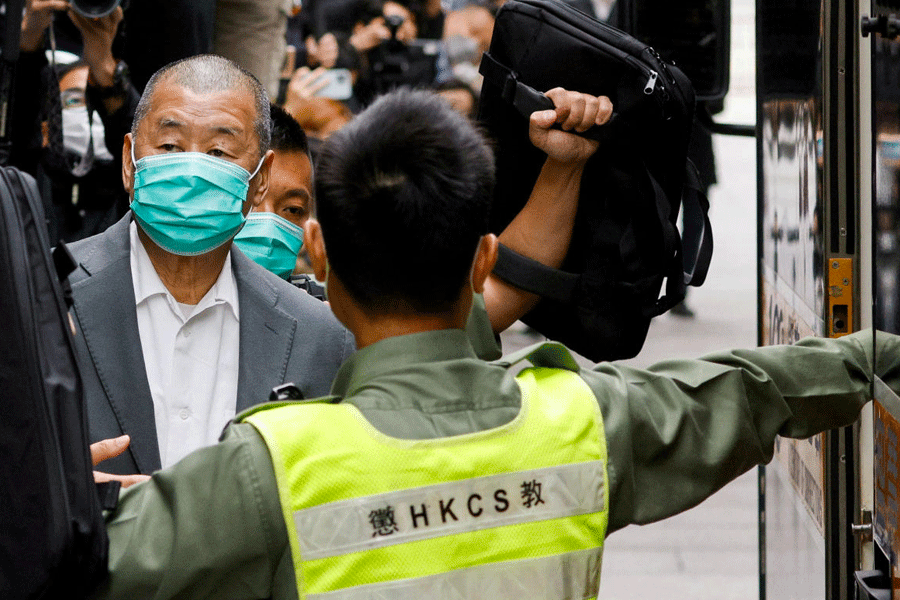Earlier this week, James Moriarty was enjoying breakfast with Sherlock Holmes at Calcutta’s Taj Bengal. Irene Adler, whom Holmes admires, joined the table a little late. Holmes ordered scrambled eggs for himself and “the woman”. (Holmes fans will recognise the phrase, which appears in parentheses, from A Scandal In Bohemia.)
At a table beside them, Dr Watson, Holmes’s friend and confidant, was waiting for a pot of Darjeeling tea. He was chatting with Jonathan Small, one of Holmes’s chief antagonists. Mycroft Holmes, Sherlock Holmes’s “heavily built and massive” elder brother — and an “occasional problem solver” for the detective — was relishing his masala omelette.
A curious scene but one that might have prompted the creator of Sherlock Holmes, Sir Arthur Conan Doyle, to remark: “There is nothing more deceptive than an obvious fact.”
The Sherlock Holmes Society of London is in India for a fortnight-long tour, titled A Hiatus in India. The tour began in Calcutta with a riverboat party in Victorian dress. The group’s subsequent stops would include Lucknow, Agra, Delhi and Shimla.
The Great Hiatus, in the context of Conan Doyle’s famous detective series, refers to a period during which Holmes disappears and is presumed dead. The Society believes that the great detective had been on the Indian subcontinent for a part of this period.
Founded in 1951 by Sherlock Holmes enthusiasts, the Society holds regular meetings, with the members dressing up as characters from the series on special occasions. It publishes a journal and organises excursions, or “pilgrimages”, to places associated with the great detective.
Not many people know of Holmes’s India connection.
Conan Doyle had written Holmes’s end in The Final Problem. But in the face of protests from publishers and readers, including his own mother, Mary, he had to resurrect his protagonist. In The Return of Sherlock Holmes, Conan Doyle proffers his excuse — after vanquishing the evil Moriarty, Holmes had gone into hiding.
“That hiding place was supposedly India,” Calvert Markham, the current chairman of the Society, told The Telegraph.
Markham is a retired management consultant. That day at the Taj Bengal he was dressed up as Holmes. His wife Carole, a retired magistrate, was dressed as Adler. Paul Gillings, who was playing Dr Watson, is a property dealer in real life.
Gillings said: “Dr Watson had a strong link with India. He had served as a British army surgeon in the Second Anglo-Afghan War in the late 1870s and was wounded on the battlefield.”
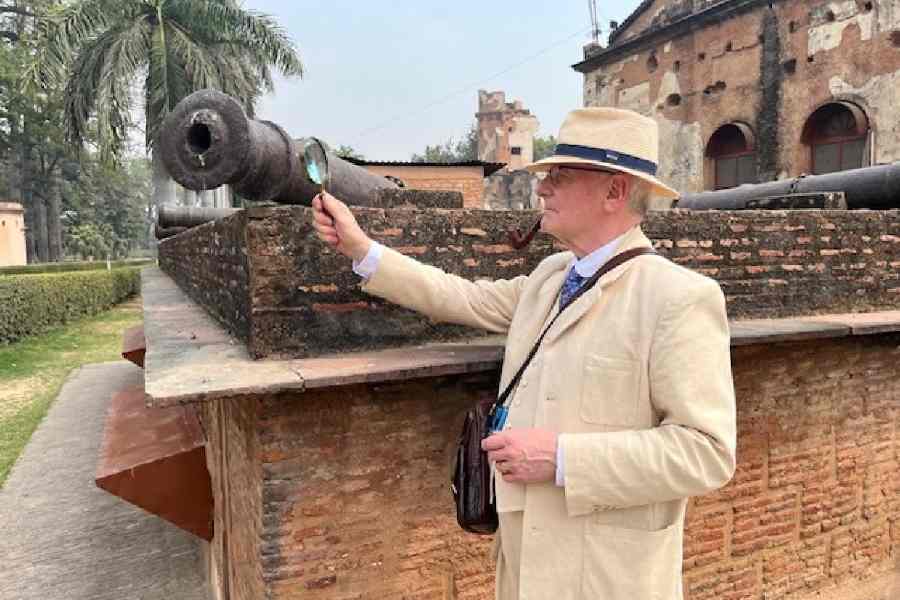
Calvert Markham as Sherlock Holmes at the Residency in Lucknow. Picture by Peter Horrocks
One of the chief consultants for A Hiatus in India is British historian Rosie Llewellyn-Jones. Although there is no direct evidence that Holmes visited India, Llewellyn-Jones believes that he could have reached Tibet, as narrated in The Adventure of the Empty House, only by travelling through India.
Ahead of the Society’s India trip, Llewellyn-Jones delivered a talk on Sherlock Holmes and Victorian India in January this year.
“Her lecture provided us with a primer on Victorian India and its relevance to Holmes,” Peter Horrocks, a member of the Society, said.
Horrocks, a barrister, has been a member of the Society for over half a century. He has also been a member of The Baker Street Irregulars, a literary society founded in Baltimore, US, in 1934, and La Societe Sherlock Holmes de France.
“Central to my enjoyment of the Sherlock Holmes Society of London has been participation in overseas excursions to Switzerland, France and the Czech Republic, the places the detective had visited. I am now delighted to be part of the trip to India,” he said.
A booklet published by the Society for the India tour has an introduction, apparently issued by Holmes, which reads: “In February and March 2025, I shall interrupt my retirement in Sussex to revisit India, a country unquestionably the jewel in the canon of my adventures.
“Through the writing of my friend Watson it is well known that during the period between my fateful encounter with Professor Moriarty in Switzerland in April 1891 and my return to London in the spring of 1894, I spent two years travelling in Tibet and subsequently visitedPersia, Mecca, Khartoum and Montpellier.
“What has not hitherto been disclosed is the story of my journey through India, parts of which I shall berevisiting in the course ofthe pilgrimage.…”
According to Llewellyn-Jones and Horrocks, India finds a prominent place in Sherlock Holmes’s stories, such as The Sign of Four, The Speckled Band and The Crooked Man.
Horrocks said that Lucknow and the Agra Fort, the Society’s next two stops after the Calcutta visit, featured in The Sign of Four.
Llewellyn-Jones said: “Conan Doyle must have been a big India fan and an aficionado of the oriental way of life, although he could never visit the country.”
Horrocks said that after the group returned to London, they planned to get together to write an account of the “pilgrimage” to India.
“Especially Calcutta,” he said. “It remains one of the brightest spots full of colonial legacy.”


